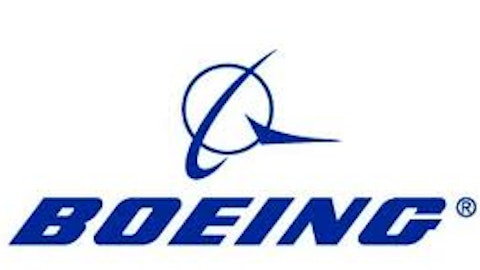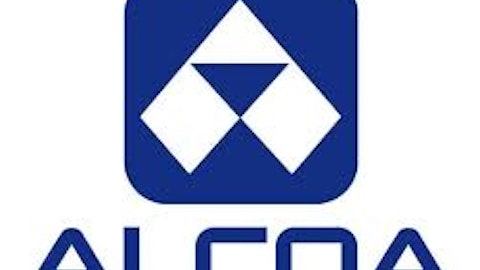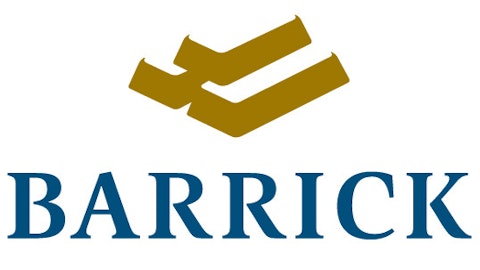50% of Rowan Companies PLC (NYSE:RDC)’s net debt position is offset with cash, although this still means the company’s enterprise value is almost $1 billion or 26.8% higher than its current market cap. Due to Rowan Companies PLC (NYSE:RDC)’s size, a takeover is not an unrealistic possibility and with an indicative enterprise value of $43.40 per share, investors could receive a decent premium for their shares at current prices.
A pharmaceutical company
Pharmaceutical companies usually trade at a premium to their enterprise values due to their defensive natures. Indeed, it is almost impossible to find a company in the sector that trades below its enterprise value. Having said that, Merck & Co., Inc. (NYSE:MRK) does appear to offer a very rare opportunity.
| Company | Enterprise Value | Market Cap. | Shares Outstanding | Enterprise Price | Current Price | Potential Upside |
|---|---|---|---|---|---|---|
| Merck & Co. | $151,340 | $144,450 | 3022 | $50.08 | $47.20 | 6% |
Figures in $US and millions where applicable
The calculation:
| Metric | Value |
|---|---|
| Common equity (market value) | $144,469 |
| Add: Noncontrolling interests (per books) | $2,443 |
| Total equity | $146,912 |
| Add: Loans payable and current portion of long-term debt (per books) | $4,315 |
| Add: Long-term debt, excluding current portion (per books) | $16,254 |
| Total equity and debt | $167,481 |
| Less: Cash and cash equivalents | $13,451 |
| Less: Short-term investments | $2,690 |
| Enterprise value | $151,340 |
Figures in $US millions
One item that is not included in Merck & Co., Inc. (NYSE:MRK)’s market value is the company’s noncontrolling interests, which in themselves are worth $2.4 billion or, $0.80 per share. Adding noncontrolling interests and debt to Merck & Co., Inc. (NYSE:MRK)’s current market value, while removing cash, leads to an enterprise value of $151.34 billion, an indicative value of $50.08 per share, a potential upside of 4.3%.
Conclusion
Enterprise value is an alternative way of valuing a company and the total value of its assets. The resulting figure can be used to establish if the company is over/undervalued compared to its current market valuation. The three companies above are all currently trading below their enterprise values and as a result, look cheap and offer a potential opportunity for value investors.
The article Finding More Opportunities Based on Enterprise Value originally appeared on Fool.com and is written by Rupert Hargreaves.
Fool contributor Rupert Hargreaves owns shares of Caterpillar. The Motley Fool has no position in any of the stocks mentioned. Rupert is a member of The Motley Fool Blog Network — entries represent the personal opinion of the blogger and are not formally edited.
Copyright © 1995 – 2013 The Motley Fool, LLC. All rights reserved. The Motley Fool has a disclosure policy.




